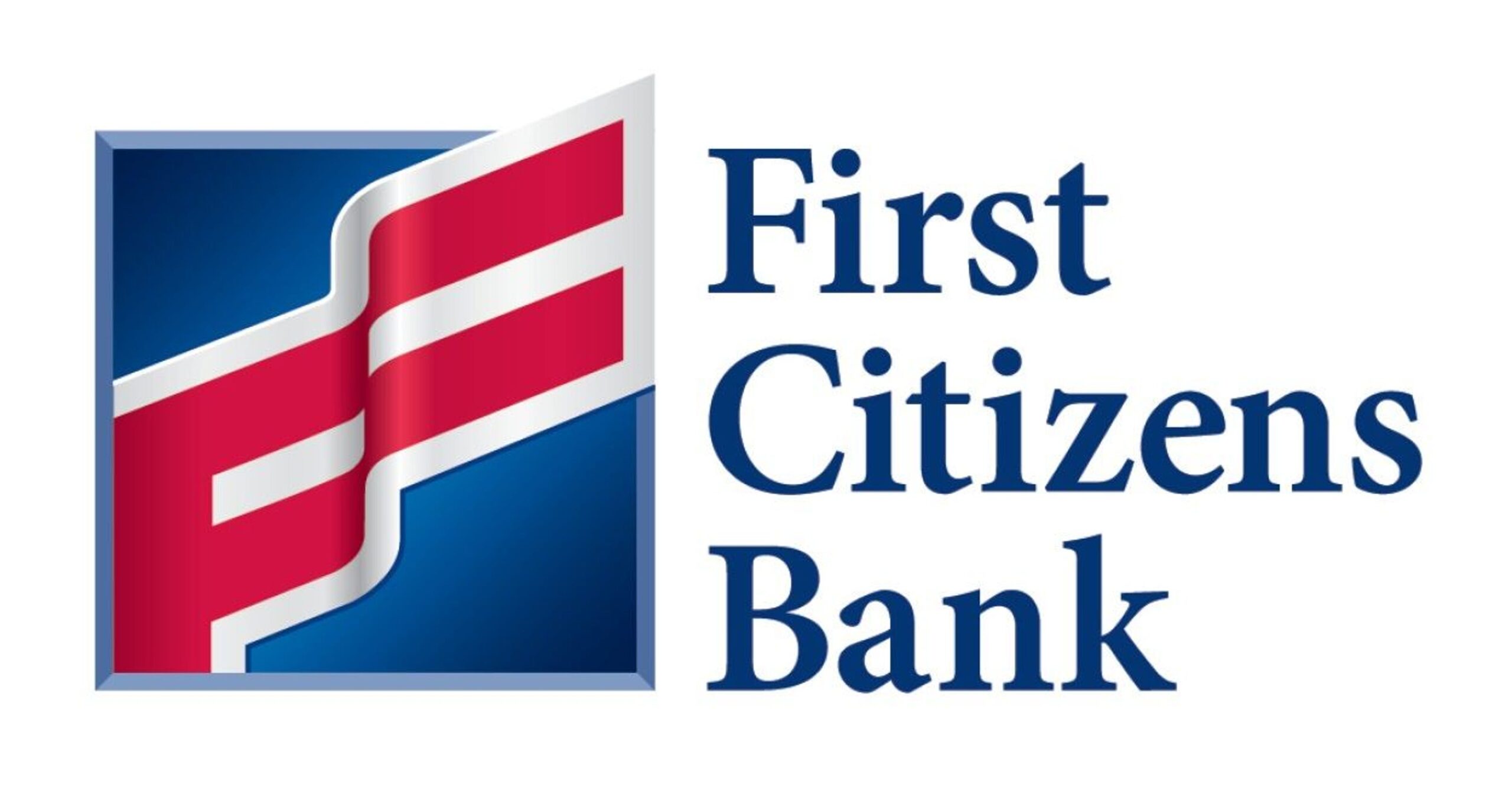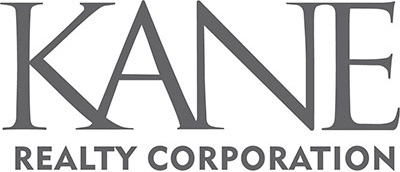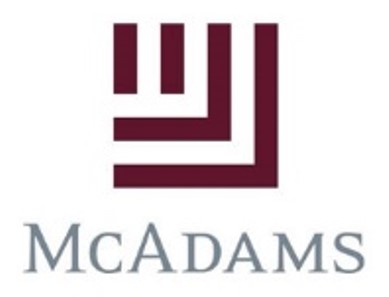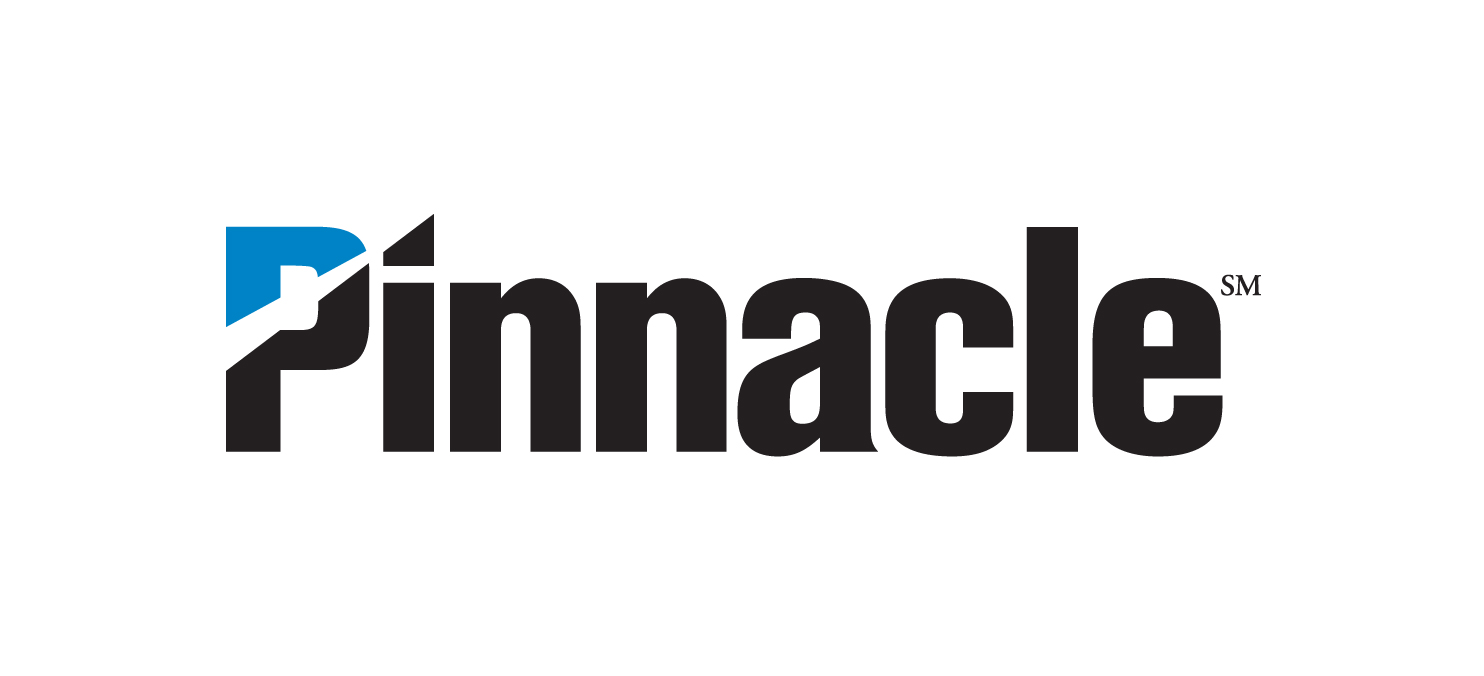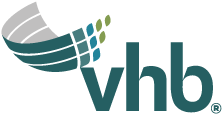BRT is coming — and BRT frequency is here and growing
The regional business community has been pushing for BRT — bus rapid transit, or “buses resembling trains” — for many years. The rollout of BRT is now accelerating, construction is about to begin in Raleigh, and BRT is now under development in far more places than even a few years ago.
One of the most important aspects of BRT service will be the high frequency nature of the routing, which will ensure that travelers won’t have to wait long for their bus.
Fortunately, we don’t have to wait for BRT construction to receive BRT levels of frequent service.
If we define high-frequency as arrivals every 15 minutes or better during the day on weekdays, then there are more than 30 bus routes and corridors providing high-frequency service, with an average wait time of less than 10 minutes. In fact, the metropolitan Triangle region has a daytime high-frequency network of more than 150 miles across six regional transit agencies serving our market.*
The rest of this week’s post below provides an overview of our regional frequent transit network, which will expand this Saturday, November 1 thanks to some of the changes we discussed in last week’s blog and also described below.
GoRaleigh, serving the capital city of Raleigh and environs, has more than 50 corridor miles (more than 100 one-way miles) of high frequency service . There are 9 bus routes (1, 5, 6, 7, 9, 11, 15, 19, and 21) with 15-minute or better frequency during the day. A tenth route, the R-line, maintains frequent service of 15-18 minutes all day.
- GoRaleigh route 1, which comes every 10 minutes on weekdays, is one of the two most frequent bus corridors in the Triangle, and perhaps the state, not associated with a university campus shuttle route. As of Saturday, November 1, GoRaleigh 1 will share the 10 minute high frequency distinction with the overlay portion of GoDurham routes 3 and 16 (see below).
The NC State Wolfline also has 10 bus routes (20, 30, 40, 41, 42, 43, 50, 51, 52, 60), and if we were to define high-frequency as every 16 minutes instead of 15, then all 10 routes of the more than 35 corridor miles of the Wolfline system would operate at high frequency during weekdays.
- Even if we were to hold a 15 minute absolute standard for high-frequency service, 8 of the 10 routes would still qualify, with a majority of Wolfline routes actually arriving more frequently than every 15 minutes during weekdays. Routes 43 and 60 are still frequent routes, operating at 16 minute weekday headways.
- NC State Wolfline Central Campus-Centennial Campus shuttle (route 40) comes every 6 minutes during weekdays. This route, along with the Duke University Transit Swift Avenue Shuttle described below, are the most frequent all-day bus routes in the Triangle, and perhaps the state.
GoDurham, serving the Bull City of Durham and environs, has more than 20 corridor miles along the city’s Frequent Service Network. Starting this Saturday, November 1, the GoDurham service will have five high-frequency corridors due to complementary and favorable scheduling of certain paired routes that share part of a corridor. As of this Saturday, those five corridors are: 2 [with 12], 3 [with 16], 5, 10 [with 10-B], 11 [with 11-B]).
- On Saturday, November 1, the headway for route 3 improves to an alternating 10 and 20 minute pattern, with the section between Downtown Durham Station and the Village becoming every 10 minutes, thanks to the overlay of route 3 and route 16 (replaces 3-B). This overlay section will become the second all-day 10 minute bus corridor in the region not associated with a campus shuttle route (the first is GoRaleigh 1 / Capital Blvd., described above). In addition, the section of route 3 east of the Village will become a frequent service route, improving to an average 15 minute headway as a result of the additional service.
Duke University Transit has three high-frequency routes (C-1, H-2, Swift Avenue Shuttle/SWS), each of which comes every 15 minutes or better, with some arriving much more frequently during weekdays. In addition, the H-1 route operates as a very high-frequency route (every 6 minutes) the vast majority of the day, transitioning to headways every 18 minutes for a brief period during lunch. Total frequent service corridor mileage is around 5 miles.
- The Duke Transit Swift Avenue Shuttle (SWS), connecting Duke’s west campus east to near the Bull City Market retail area in Durham, has buses leaving every six minutes all day. This very high frequency service pattern makes the SWS route, along with the NC State Wolfline 40 described above, the most frequent bus routes in the Triangle, and perhaps in North Carolina.
- In addition, Duke’s C-1/East-West shuttle route, connecting Duke’s east and west campuses, has buses coming every 3-7 minutes from 7:10 am to 8:20 pm every day along this very high frequency corridor.
Chapel Hill Transit has three high-frequency routes (FCX, U, RU) serving Chapel Hill and the UNC Chapel Hill community. In addition, the NS route is effectively a high-frequency route, as there are only two or three short daytime runs with a 20 minute headway instead of 15 minutes or better due to temporary staffing challenges. Total corridor mileage for all frequent service routes served by Chapel Hill Transit is around 20 miles.
- The FCX Friday Center shuttle runs at least every 15 minutes during core travel hours, with very high 5 and 10 minute frequency during portions of the day.
GoTriangle has activated its first high-frequency service, using routes 400 and 405 between Durham and Chapel Hill from 5:45 am to 7 pm during weekdays.
GoCary does not currently have any frequent service routes, but it does have consistent 30 minute service on all routes 6 days per week. In addition, as of Saturday, November 1, new route GoCary 2, discussed in last week’s blog, will directly link to frequent service in Raleigh (GoCary 2 to Wolfline 60) and thus create a new pathway to Downtown Raleigh (GoCary 2, to Wolfline 60 for one stop, to GoRaleigh 9).
Summary. The above post provides a summary of current frequent transit service offerings in the Triangle. There are four very high frequency (10 minute or better all-day) weekday corridors in the region: GoRaleigh 1, GoDurham 3/16 overlay, NC State Wolfline 40, and Duke University Transit SWS. Corridors that maintain 20 minute or better service all-day comprise the regional frequent service network; the vast majority of those corridors maintain 15 minute or better maximum headways all day and qualify as high-frequency.
This post was last updated on Friday, November 7, 2025 in order to correct and update frequency, mileage, and routing information above. The total frequent corridor mileage estimate of 150 miles excludes reverse direction mileage along the same corridor for a particular bus route. The one-way, out-and-back mileage of all frequent routes is likely more than 250 miles. Please let me know of suggested changes, additions, deletions, or corrections, at joe@letsgetmoving.org.







